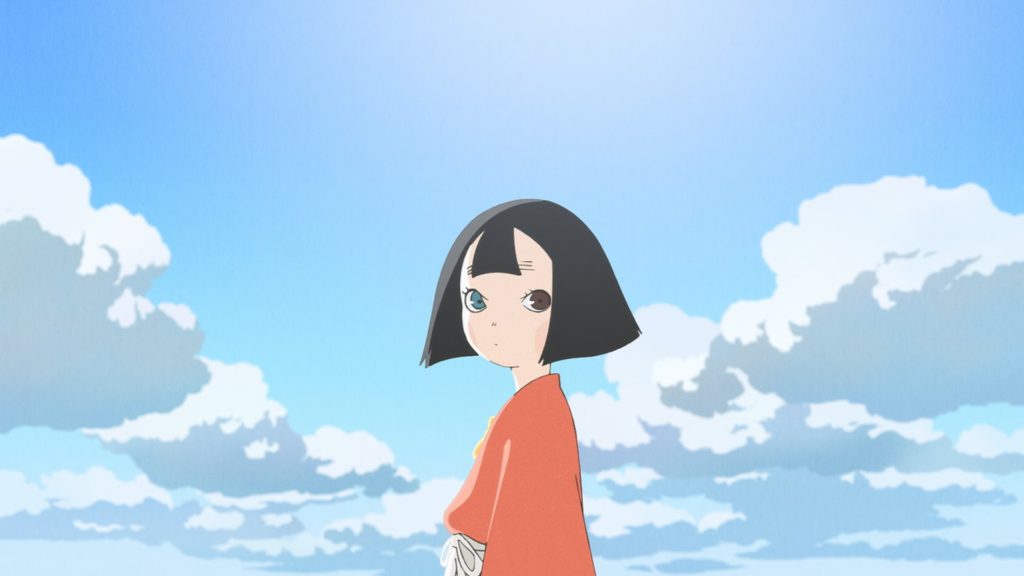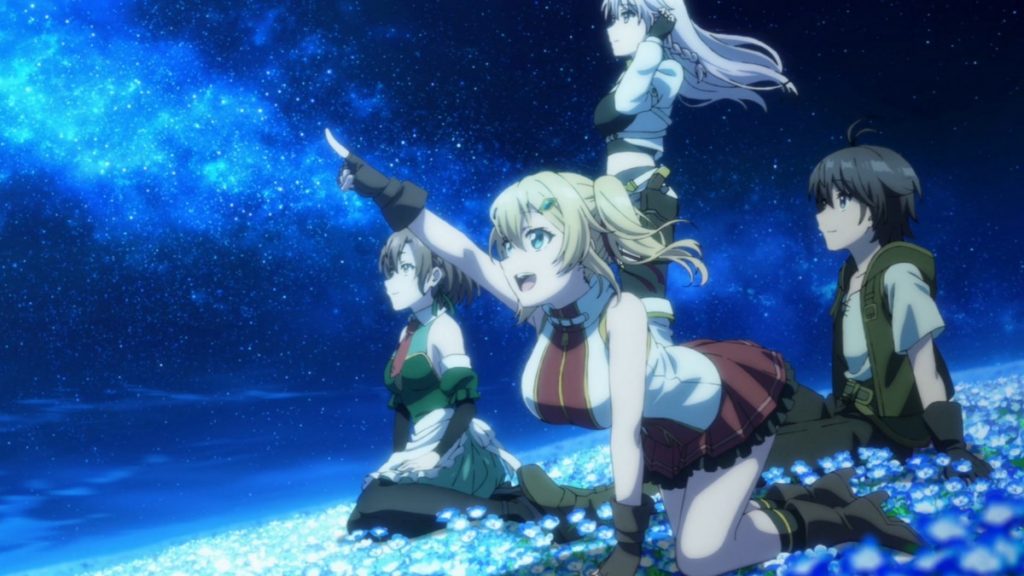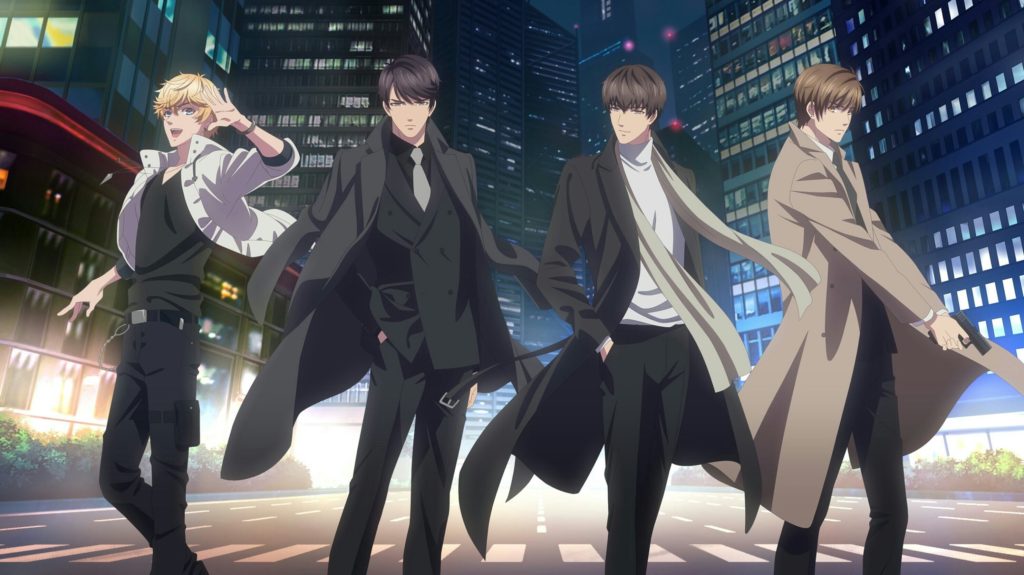The Taira Clan, also known as the Heike, have developed authority in Japan. When a young girl disrespect a representative of the clan, her father pays the price with his life. Later, this girl, now adopting the name Biwa after the instrument her father played, approaches Taira no Shigemori, the eldest son of the Taira Clan leader. To him, she reveals the power of her eye to see the future and portends the downfall of his clan. He reveals to her the power in his eye to see the wandering ghosts of the dead and, after learning of how her father died, offers to take her in in hopes that she can help him steer his clan away from disaster.
All who flourish must eventually fall. That’s The Heike Story for you. If you are looking for more anime recommendations like The Heike Story, then head on down below.
Anime Like The Heike Story
For Fans of Lesser Known Japanese History
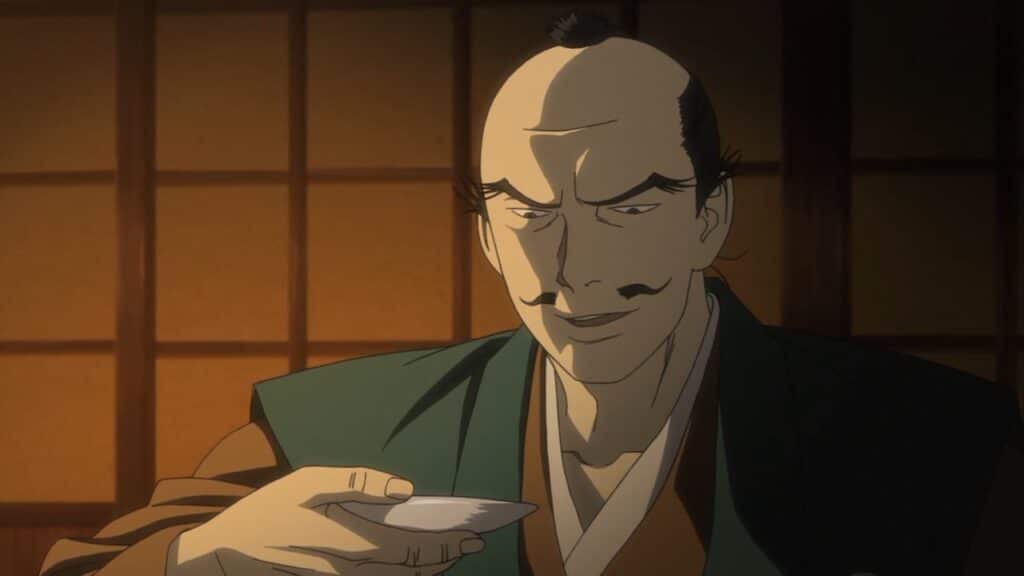
Hyouge Mono
During the Warring States era, one vassal of Oda Nobunaga learned of the art of tea ceremony from Oda himself and the legendary tea master Sen no Soueki. This vassal, Furuta Sasuke, seeks to lead a fortuitous life and now walks the path of the Hyouge Mono.
While Hyouge Mono tells a story in a more familiar time in Japanese history, it tells a different story than the usual samurai tale. Like Heike Story follows clan intrigues in a more obscure moment, Hyouge Mono follows the artistic pursuits of the samurai rather than their skill in battle.
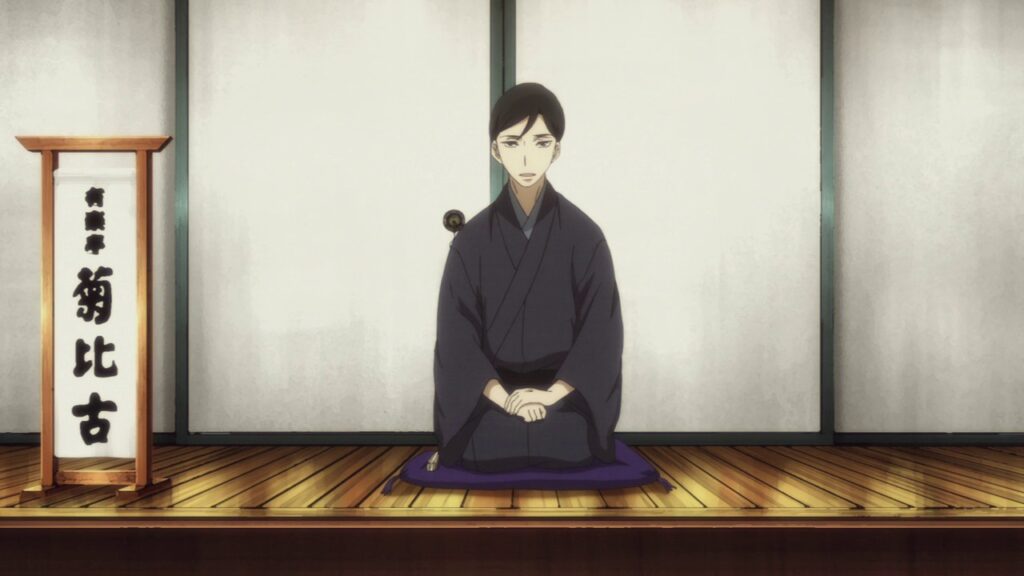
Shouwa Genroku Rakugo Shinjuu
Former Yakuza member Yotarou is fresh out of prison and looking to keep his nose clean. In order to stay out of trouble, he aspires to the stage of Rakugo, a traditional Japanese form of comedic storytelling. Inspired by a man he saw perform while incarcerated, he seeks out the man to mentor him, forcing the unwilling, but distinguished Yakumo Yuurakutei to take on his first apprentice.
Both series definitely only have an appeal to those with an interest in Japanese history and their older art forms. This is kind of a shame because Shouwa Genroku Rakugo Shinjuu is actually a decent comedy and, as you might expect as an anime about storytelling, does storytelling very well.
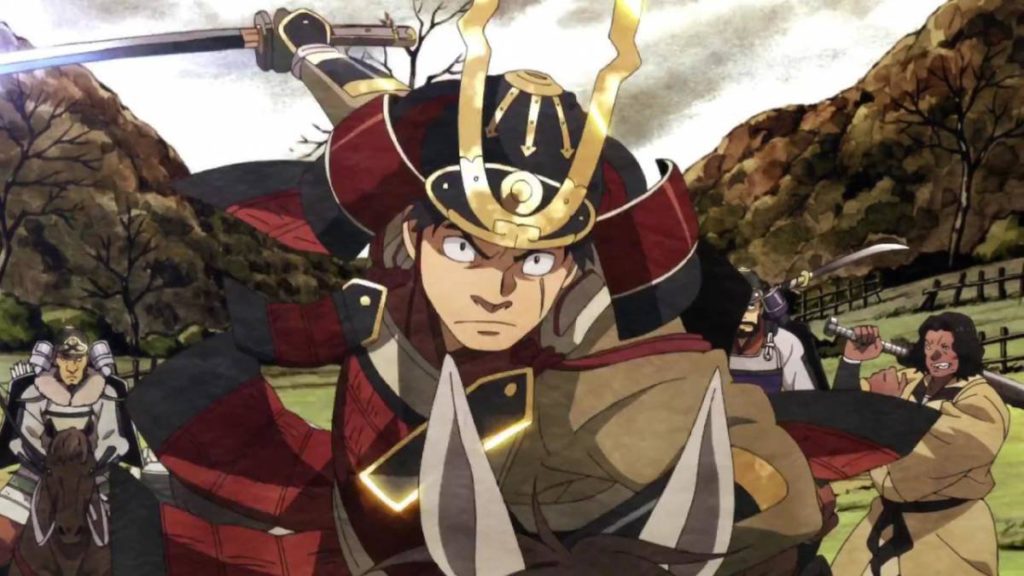
Angolmois
As the Mongolian Empire rapidly expands in the 13th Century, they turn their eyes across the sea to Japan. For Jinzaburou, once a trusted man of the Kamakura and now an exiled criminal, he finds himself at the first staging point of the invasion – the island of Tsushima. As the first stop between Korea and the Japanese mainland, can they withstand the torrent of a Mongol invasion?
The fall of the Taira Clan and the failed invasion of the Mongols – two events that the reasonably well read person may know of, but not know a lot about. While Angolmois is more action-oriented, both series highlight these events in pretty decent detail.
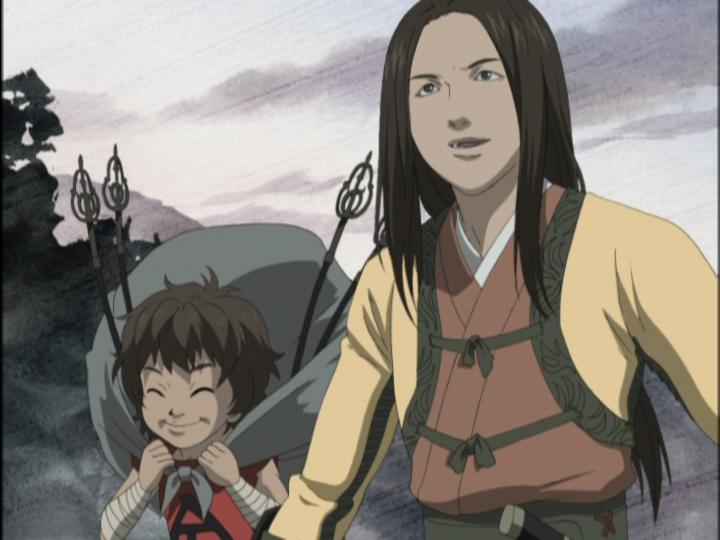
Otogi Zoshi
In Kyoto, ancient capital of Japan, the city is quickly slipping into corruption while suffering from famine and diseases. Unable to ignore this any longer, the government sends archery master Minamoto no Raiko to recover a legendary gem that may hold the power to save them all. After Raiko falls ill, his sister Hikaru secretly takes his place and makes the journey herself.
Both series are set before the true age of the samurai. They showcase an older moment in Japanese history and do so with a reasonably interesting story. However, while Otogi Zoshi has its intrigues, it doesn’t go quite as deep and detailed as Heike Story.
For Fans of Tales Inspired By Japanese Literature
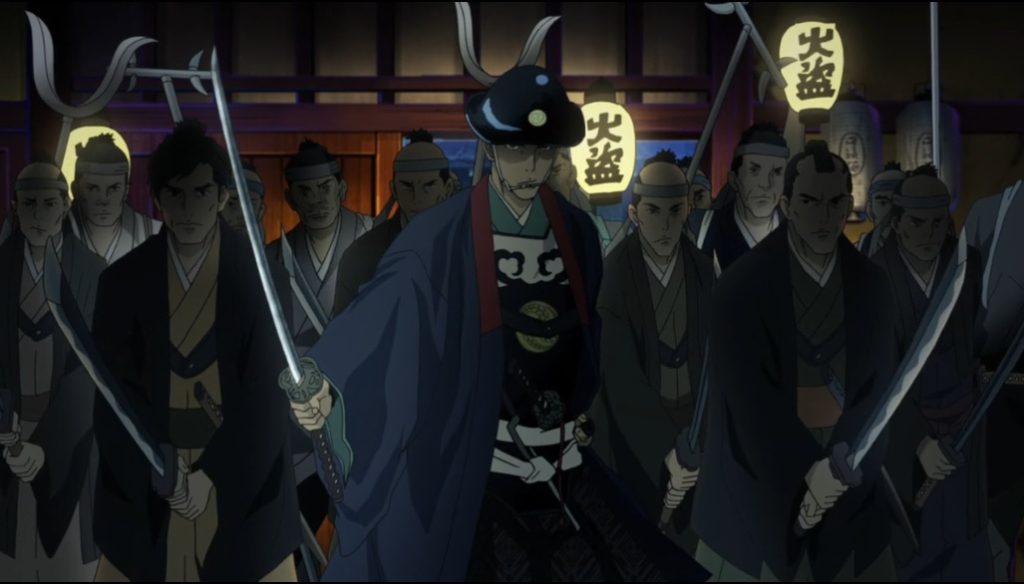
Onihei
Heizou Hasegawa’s blade skills may have others calling him Devil, but he puts those skills to work as a chief police officer who keeps the law in his region.
Both series are based on pieces of literature. However, while Oniehei covers the stories from the literature, it is kind of a more “villain of the week” sort of storytelling.
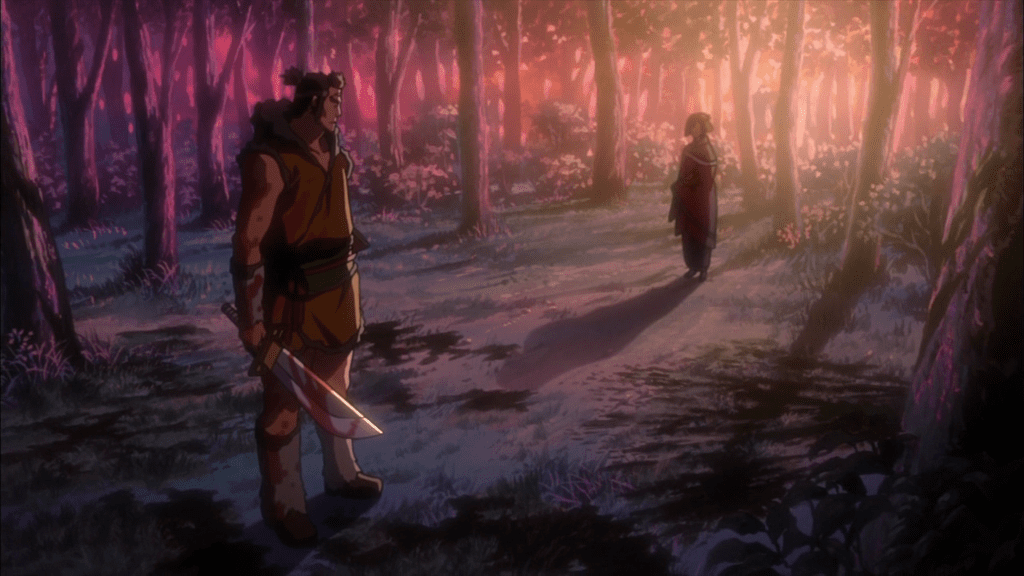
Aoi Bungaku
This series is several stories from Japanese literature adapted into anime. These stories include: Osamu Dazai’s No Longer Human (Ningen Shikkaku) & Run, Melos! (Hashire, Melos!), Natsume Soseki’s Kokoro, Ryunosuke Akutagawa’s Hell Screen (Jigoku Hen) & The Spider’s Thread (Kumo no Ito), and Ango Sakaguchi’s In the Forest, Under Cherries in Full Bloom (Sakura no Mori no Mankai no Shita).
The Heike Story is an anime of but one piece of Japanese literature. Aoi Bungaku is several that have been condensed down into short arcs. This means there is less detail, but also less filler since The Heike Story anime does differ from the book in a few respects.
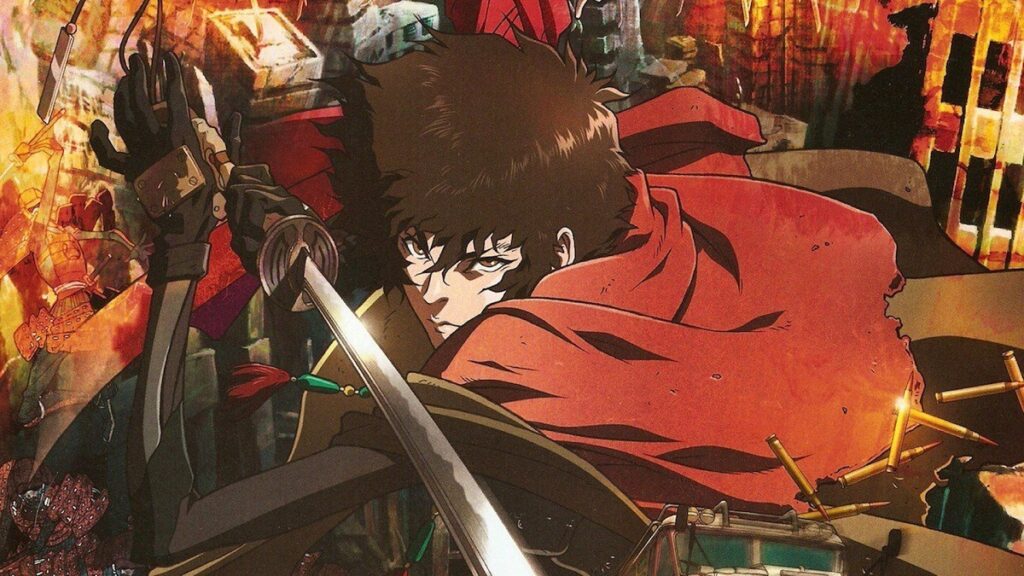
Kurozuka
In the 12th century, Kurou flees into the mountains after his brother, Minamoto no Yoritomo, first shogun of Japan, is killed. The historical records say he committed suicide, but in actuality, he met a strange, beautiful woman named Kuromitsu whom he fell in love with. However, she reveals a dark secret that he is now unable to die. This is his journey through the ages.
While Heike Story has its small supernatural elements, with the eye powers and all, Kurozuka takes a similar small bit of supernatural and injects it into its story. Also based on literature, it tells an interesting vampire romance, if nothing else.
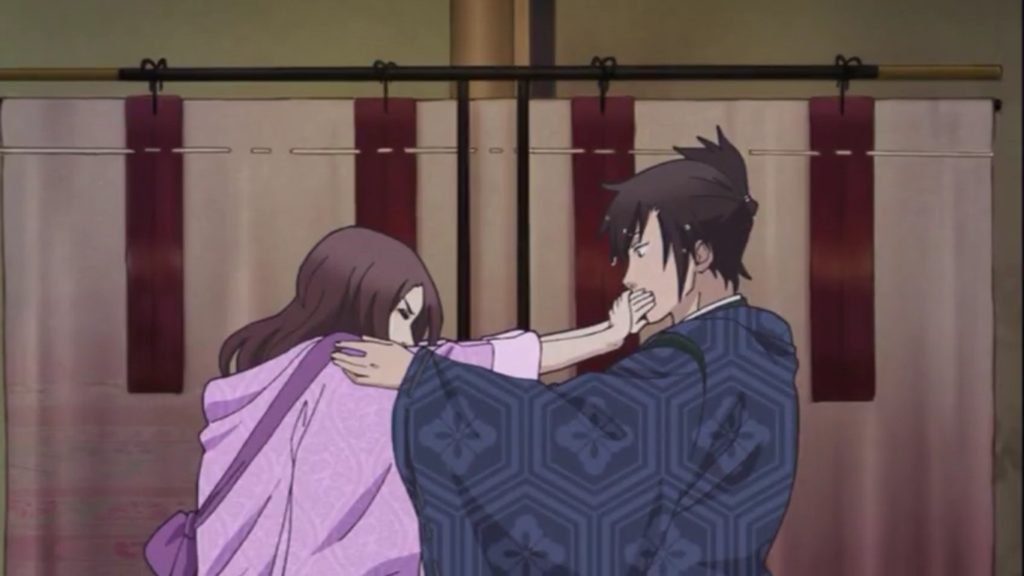
Utakoi
Utakoi is a liberal compilation and adaption of the Hyakuninisshu anthology, a collection of poems from Japan’s Heien period from multiple different authors. As romance poems, intrigue, love, and drama are abound in these short stories.
Both series are based on Japanese literature, and furthermore, Japanese literature from the pre-Sengoku period. Since Utakoi is an anthology, it covers a lot more different themes, however.
For Fans of Political Intrigues
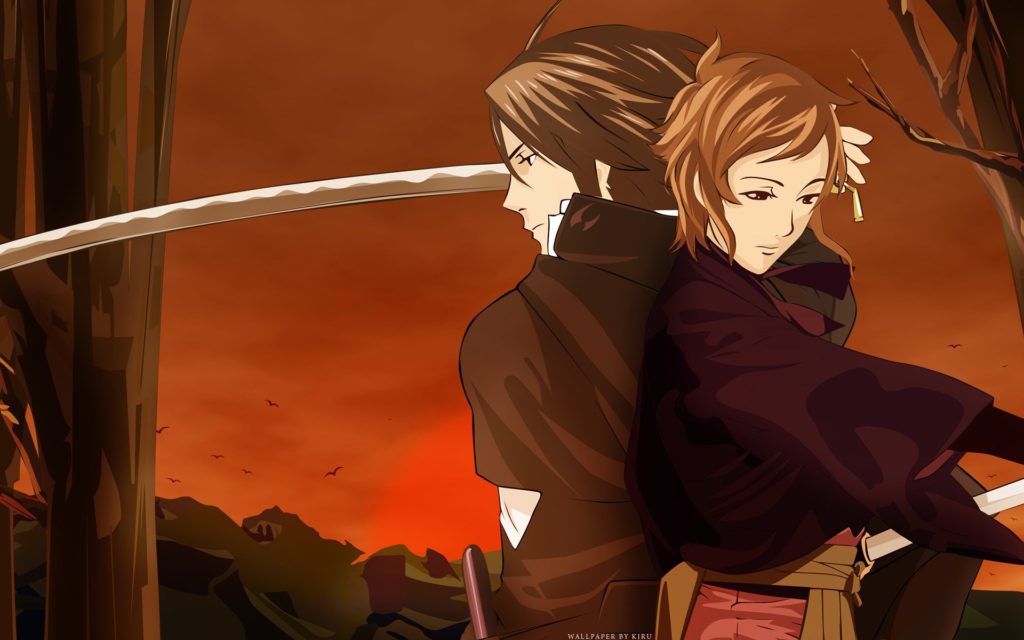
Intrigue in the Bakumatsu
Wandering mercenary Yojiro Akizuki uses his sword for not just work, but to track down supernatural objects and destroy them. On his quest, he crosses paths with a theater group whose members all have a dark past. This chance encounter sees him thrust into conspiracy.
Both series are notable because they cover rather turbulent times in Japanese history, but do so by injecting a little supernatural to keep the plot a bit more interesting. However, despite its title, The Heike Story has more intrigue than Intrigue in the Bakumatsu. It tends to get a bit caught up in the action.
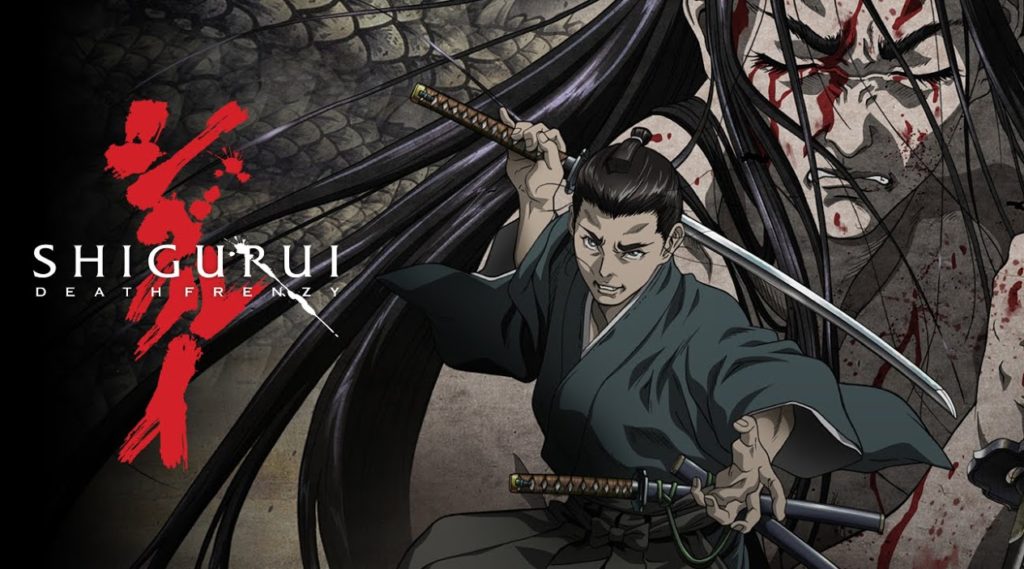
Shigurui
At the beginning of the Edo Era, a time of peace has descended over the land. The Lord Tokugawa Tadanaga, however, has decided to hold a fighting tournament with real steel instead of wooden swords. Within this tournament, the one-armed Gennosuke and blind Seigen are set to face off. As they were both disciples of Iwamoto Kogan, the greatest swordsman in all of Japan, both are determined to prove they are the rightful successor.
While Heike Story has a certain bar for entry and enjoyment, so, too, does Shigurui. However, its bar is the brutality that it presents. Still, if you can look past the maimed samurai and nipple splitting, it is a tale as similarly full of intrigue and betrayal.
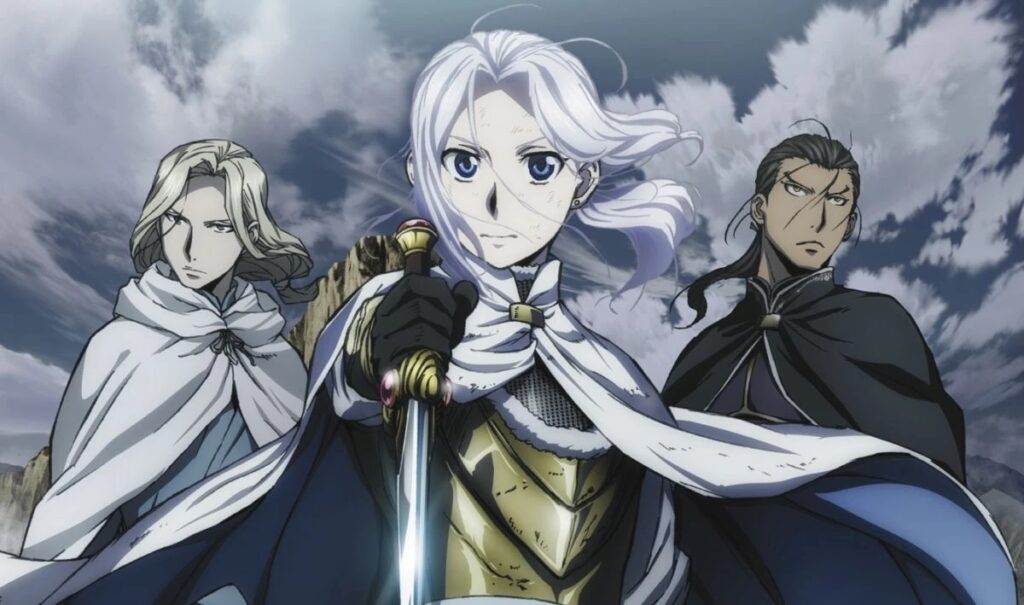
The Heroic Legend of Arslan
The young prince Arslan is ready to prove himself on the battlefield, but on his first battle, his father is betrayed and his kingdom is conquered. With his army in shambles, Arslan is forced to go on the run in search of allies to bring him back home.
While The Heroic Legend of Arslan is different because it is a fantasy story, it is also similar because it tells the tale of a powerful kingdom that is brought low and thrown into chaos by betrayal from within. While Heike Story is more detailed in the intrigue, Arslan does have a bit more action to it.
Do you have more anime recommendations like The Heike Story? Let fans know in the comments section below.
